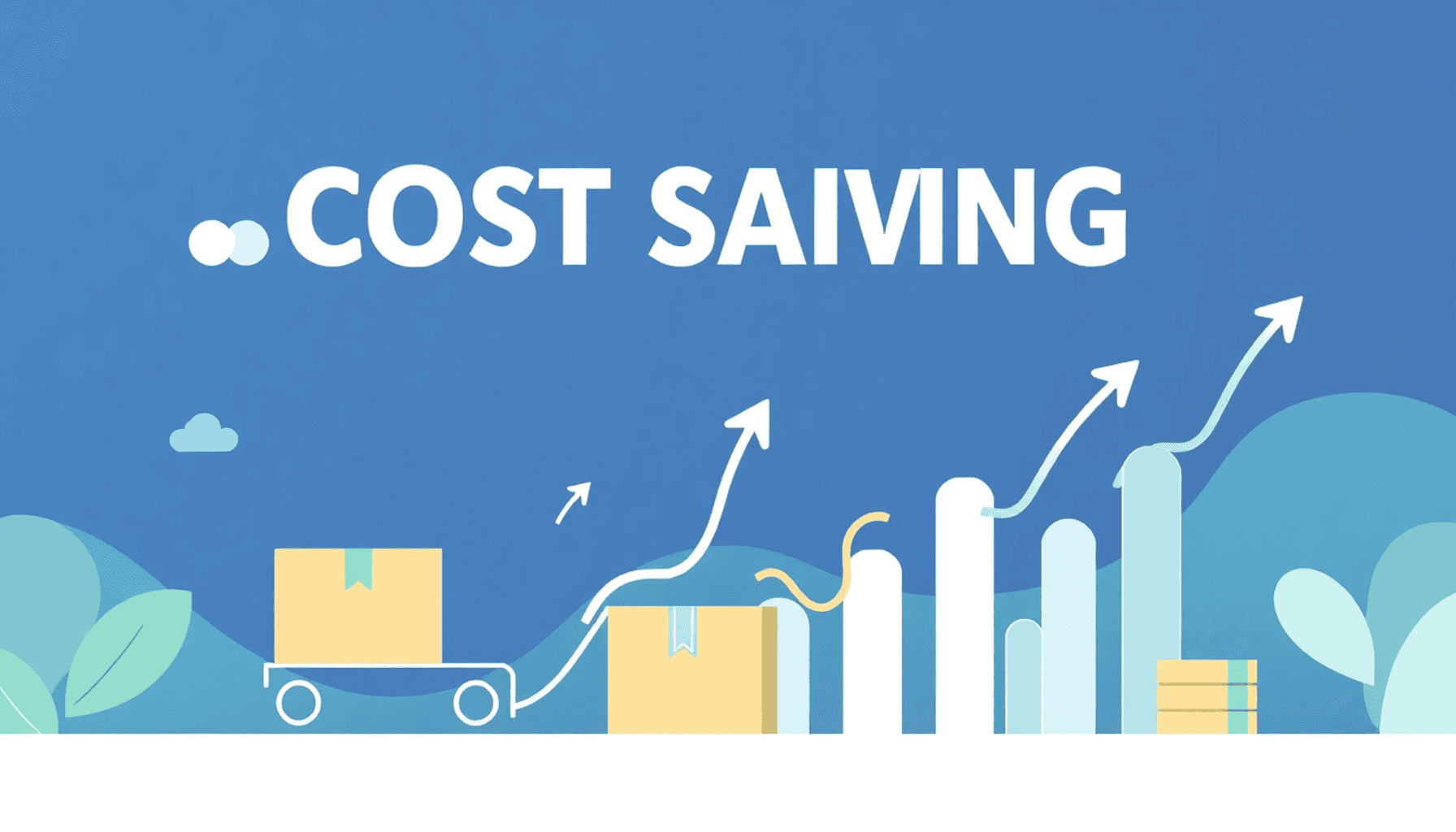Collaborative Hyperlocal Supplier Empowerment: Driving Sustainable Growth in Niche Regional Markets

Let’s face it—when was the last time “hyperlocal supplier empowerment” sparked excitement in your boardroom like the latest tech IPO? If you’re wondering, “What exactly is hyperlocal supplier empowerment and why should it matter to me?”—stick around. In an era where supply chains wildly fluctuate costs and consumer values shift faster than social media trends, hyperlocal collaboration emerges as the game-changer your niche regional market has been waiting for.
This isn’t just a feel-good appeal to buy local; it’s a powerful strategy merging community-driven initiatives with cutting-edge technology to keep regional markets thriving sustainably. Whether you lead a business, influence policy, or advocate sustainability, you’ll discover insights to transform your local supply chain into a resilient, innovative force.
Why Hyperlocal Supplier Empowerment Is Vital for Regional Sustainability
Niche regional markets are like fine wines or treasured family recipes—distinctive, rich with culture and local character. They often encompass handcrafted products, regional foods, or specialized industrial parts that serve as cultural cornerstones.
Empowering hyperlocal suppliers means:
- Preserving the unique local identity that defines your region.
- Ensuring money circulates within the community.
- Shielding supply chains from global disruptions by relying on trusted neighbors.
- Reducing carbon footprints through minimized last-mile logistics.
- Fostering innovation specifically designed for your region’s needs.
As consumers increasingly prioritize freshness, customization, and eco-conscious choices, hyperlocal collaborations stand out as a genuine business advantage rather than just a buzzword.
The Emergence of Collaborative Hyperlocal Supplier Networks: Trends to Watch
Hyperlocal Supply Chains Are In
Global supply chains are losing ground to hyperlocal alternatives. Insights from MIT’s Center for Transportation & Logistics highlight how localized supply chains cut emissions, lower costs, and increase business agility—especially in sectors like fresh food, retail, and artisanal products[^1][^2].
Enter nano-fulfillment centers—small, speedy warehouses strategically located nearby to accelerate delivery while reducing environmental impact[^3]. Industry giants such as Amazon, Walmart, and Chipotle are investing heavily in these micro logistics hubs.
Digital Collaboration as the Catalyst
Modern supplier networks leverage cloud platforms, AI forecasting, and mobile apps, enabling even small producers to collaborate, share inventory data, and respond in real-time[^4]. It’s like the best of Shark Tank meets streamlined supply chain management.
This digital agility empowers suppliers of all sizes to compete effectively, optimize demand predictions, and negotiate smartly.
Sustainability Goes Local
Sourcing locally builds community trust, sustains jobs, boosts regional biodiversity, and supports circular economy models[^2][^5]. It benefits the environment and resonates deeply with eco-conscious consumers.
Key Advantages of Collaborative Hyperlocal Supplier Empowerment
| Benefit | Impact |
|---|---|
| Economic Resilience & Growth | Keeps capital circulating locally, strengthens small businesses, and buffers against global market shocks. |
| Environmental Sustainability | Short supply chains mean fewer emissions and less waste. |
| Consumer Loyalty & Responsiveness | Fresh, personalized products foster customer satisfaction and repeat business. |
| Supply Chain Agility & Risk Mitigation | Enables swift adaptation to local disruptions like pandemics or regulatory changes. |
| Social Cohesion & Community Empowerment | Sparks collaboration, builds trust, and unites small suppliers into a formidable network. |
From North American food hubs to Asian artisanal clusters, this model proves its strength globally[^2][^5][^6].
Challenges on the Path to Sustaining Hyperlocal Supplier Networks
It’s not without hurdles:
- Coordination Complexity: Synchronizing multiple small suppliers requires advanced logistics and digital tools[^7].
- Scaling Differences: What succeeds locally may not translate seamlessly elsewhere; maintaining quality and infrastructure is crucial[^5].
- Technology Gaps: Not all suppliers have tech proficiency; training and access issues persist[^7].
- Pricing vs. Investment Balance: Aligning competitive pricing with technological and training expenses demands savvy financial management[^8].
- Regulatory Hurdles: Navigating diverse local regulations and food safety standards can be intricate[^5].
- Consumer Awareness: Educating customers on the value of hyperlocal goods justifies premium pricing[^1].
Overcoming these challenges requires collaboration among businesses, governments, communities, and technology providers.
Innovations Shaping the Future of Hyperlocal Supplier Empowerment
Technology Driving Progress
- AI & Machine Learning: Analyzing data to forecast demand, optimize contracts, and automate decisions[^1][^4].
- Nano-Fulfillment Centers: Small, localized hubs sometimes integrating 3D printing for rapid production[^3].
- Collaborative Digital Platforms: Real-time connectivity and transparent metrics build trust and streamline operations[^4].
- Mobile-First Commerce: Simplifies onboarding and purchasing, especially for niche local products[^3].
Ecosystem & Business Model Innovations
- Collective Social Innovation: Community-driven projects and data sharing turn fragmented sellers into ecosystem leaders[^8].
- ESG & Supplier Diversity: Hyperlocal networks align perfectly with environmental, social, and governance goals, delivering sustainability with equity[^1].
- Customer Co-Creation: Suppliers and customers collaborate for personalized products and meaningful feedback loops[^4].
A Practical Framework to Build Collaborative Hyperlocal Supplier Networks
- Map the Terrain: Identify local suppliers, customer demands, and logistical assets.
- Develop Digital Connections: Invest in platforms that foster transparency and efficient operations.
- Empower Suppliers: Provide training on technologies, compliance, and quality standards.
- Local Fulfillment Strategies: Establish or partner with micro-fulfillment centers to optimize last-mile delivery.
- Cultivate Community Engagement: Use events, storytelling, and social media to build loyalty and awareness.
- Measure and Adapt: Monitor sustainability, performance, and customer satisfaction to continuously improve.
And yes, you’ll find the financial benefits compelling.
Conclusion: Your Roadmap to Sustainable Regional Market Success
Collaborative hyperlocal supplier empowerment isn’t just jargon—it’s the blueprint for future-proofing niche regional markets. By combining technology, community engagement, and smart strategies, you can cultivate supply chains that are agile, eco-friendly, and deeply interconnected.
Key takeaways:
- Hyperlocal supplier networks guard your business against supply shocks while reducing environmental impacts.
- Digital tools empower even the smallest suppliers to compete confidently.
- Challenges exist but are surmountable through community-driven collaboration.
- Emerging tech like AI and nano-fulfillment centers are accelerating progress.
- Aligning efforts with ESG criteria and involving customers ensures relevance and innovation.
Are you ready to see if your regional supply chain is poised for this exciting shift? Don’t just take our word for it—take action.
Explore how your FedEx or UPS contracts fit into your hyperlocal ambitions and unlock new potential today.
Because when local suppliers thrive together, entire communities flourish. Who knew logistics could be this rewarding?




